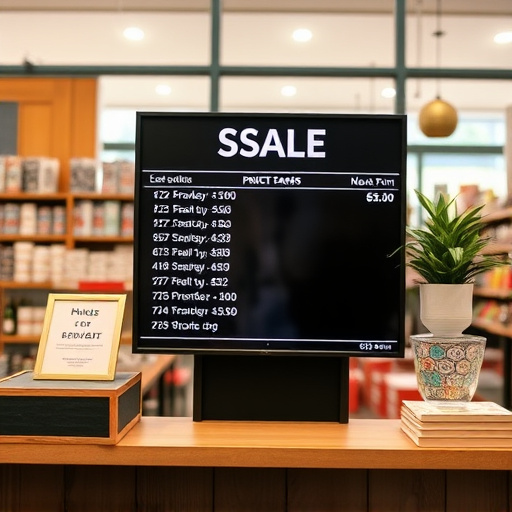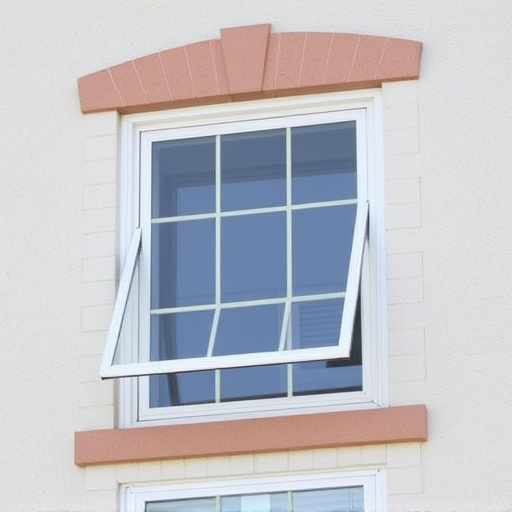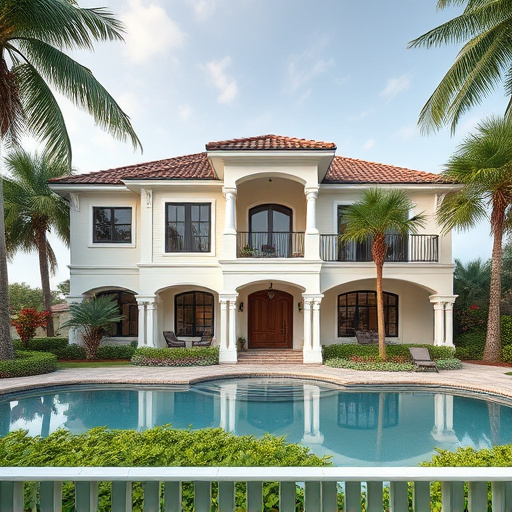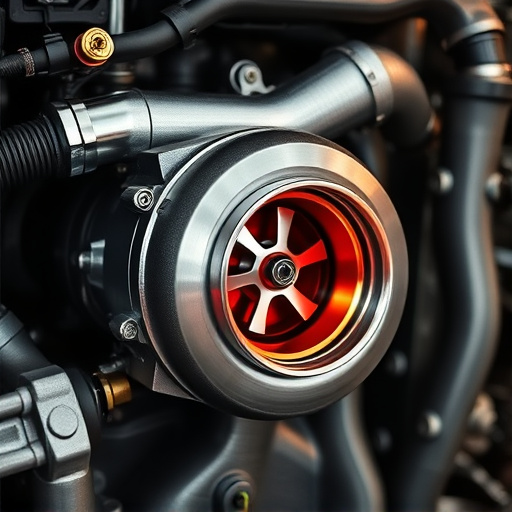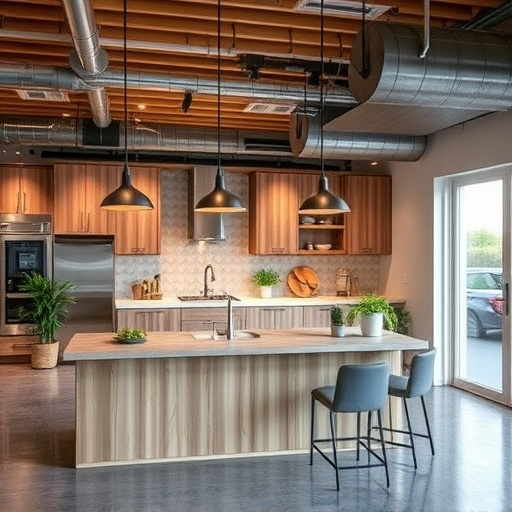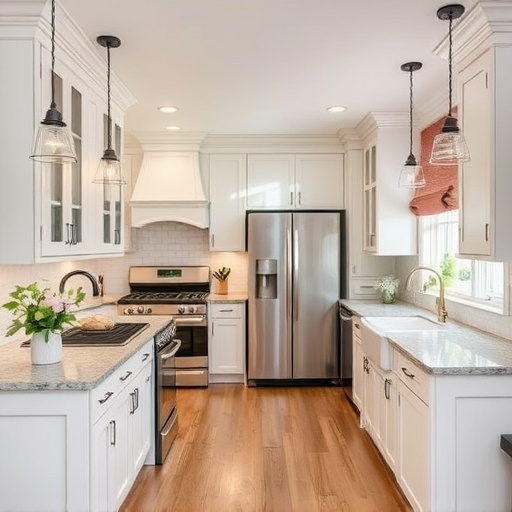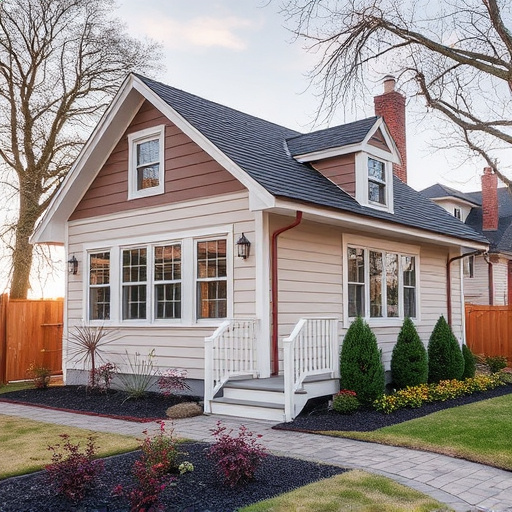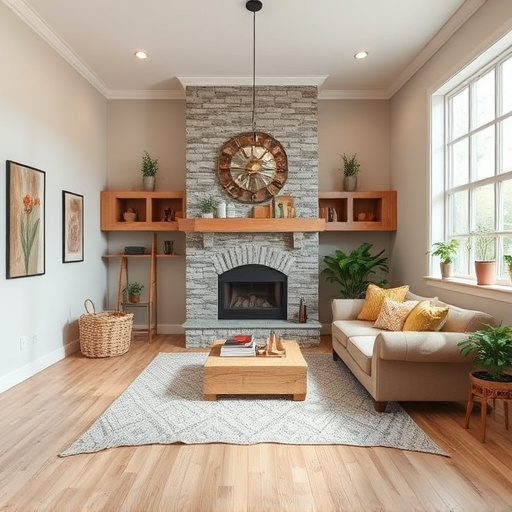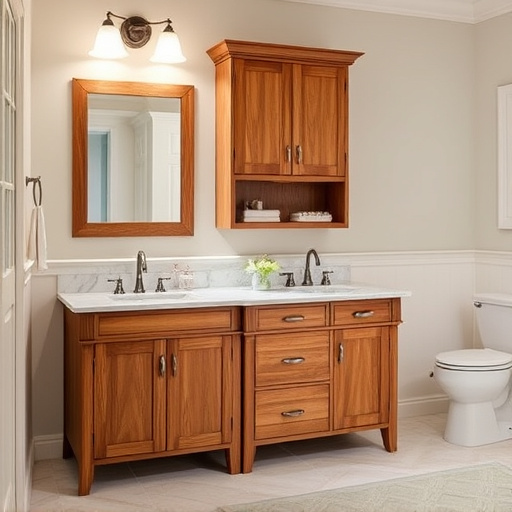Before remodeling a modern kitchen, assess finances, set a budget, prioritize high-impact changes, calculate costs for major components like cabinets, countertops, and appliances, factor in labor costs and contingency funds (10-20% of total budget), and plan flexibly to avoid unexpected financial stress.
Planning a high-end modern kitchen remodel? Budgeting is key to turning your dream space into reality without breaking the bank. This guide walks you through the essential steps, from assessing your financial situation and setting realistic goals to calculating major component costs and factoring in labor expenses. Discover how to prepare for unexpected challenges and create a budget that reflects your vision for a stunning modern kitchen.
- Assess Your Financial Situation and Set a Realistic Budget
- Calculate Costs for Major Components: Cabinets, Countertops, Appliances
- Factor in Labor Costs and Contingency Funds for Unexpected Expenses
Assess Your Financial Situation and Set a Realistic Budget
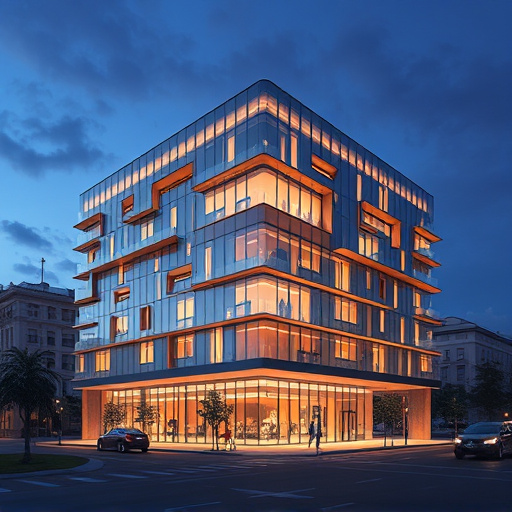
Before you start planning your modern kitchen remodel, it’s crucial to assess your financial situation and set a realistic budget. This involves evaluating your current income, existing debts, and any other financial obligations. Start by creating a detailed budget that accounts for fixed expenses like mortgage payments, insurance, and utility bills. Then, allocate funds for variable expenses such as groceries and transportation.
Once you have a clear understanding of your finances, determine how much you can realistically afford to spend on the kitchen remodel without compromising other essential areas of your life. Remember, a successful remodel doesn’t necessarily mean going all-out; it’s about making strategic choices that align with your financial capabilities. Consider prioritizing high-impact changes in your modern kitchen, such as updating countertops or installing new appliances, and save more complex renovations like a multiple room remodel or bathroom renovations for later when your budget allows.
Calculate Costs for Major Components: Cabinets, Countertops, Appliances
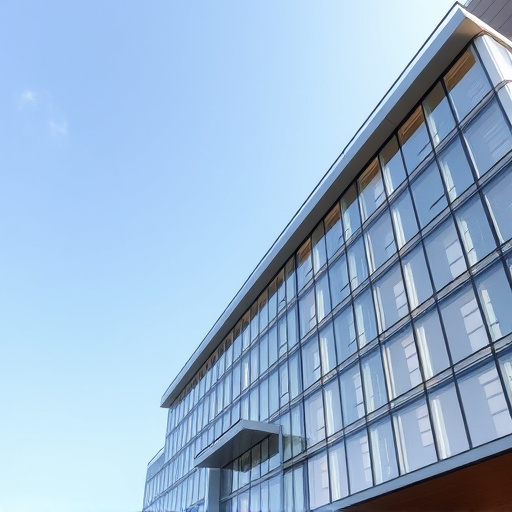
When planning a high-end modern kitchen remodel, calculating costs for major components is a crucial step. Start with cabinets, which can range widely in price depending on materials (wood, stainless steel, or even concrete), craftsmanship, and customization. High-quality, custom-made cabinets designed to complement your unique aesthetic can significantly boost the overall budget.
Next, consider countertops. Popular choices like quartz, granite, and marble offer both durability and style but come with varying price tags. Factor in appliances as well; high-end models from brands like Viking or Sub-Zero not only enhance the look of your modern kitchen but also carry substantial price tags. Remember that floor replacements might be necessary during a remodel, so budget accordingly for materials and customized work to ensure your new kitchen is both functional and aesthetically pleasing.
Factor in Labor Costs and Contingency Funds for Unexpected Expenses
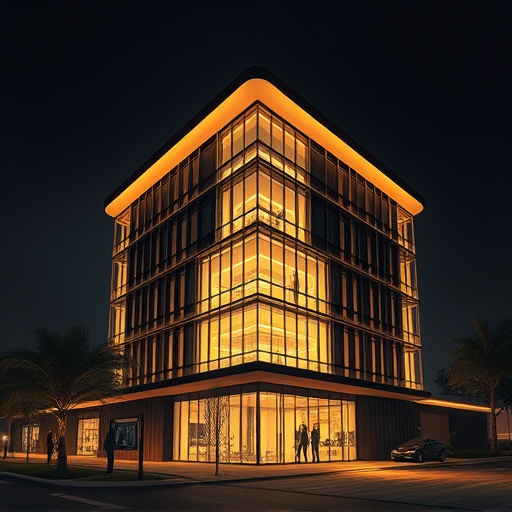
When planning a high-end modern kitchen remodel, don’t underestimate the importance of factoring in labor costs and contingency funds for unexpected expenses. In addition to material prices, hiring skilled renovation services will significantly impact your budget. Experienced contractors can charge varying rates based on their expertise and the complexity of customized work involved. Therefore, setting aside a buffer for unforeseen issues, such as unexpected structural challenges or changes in design preferences, is crucial.
A well-planned home renovation involves allocating 10-20% of the total budget as a contingency fund. This allows you flexibility to navigate potential delays, material price fluctuations, or adjustments during the renovation process. By including these factors in your financial strategy, you can ensure a smoother transition towards your dream modern kitchen without experiencing unexpected financial strain.
Remodeling your modern kitchen can be an exciting yet challenging endeavor. By thoroughly assessing your financial situation, carefully calculating major component costs, accounting for labor expenses, and setting aside contingency funds, you’ll be well on your way to achieving the high-end kitchen of your dreams while staying within your budget.
